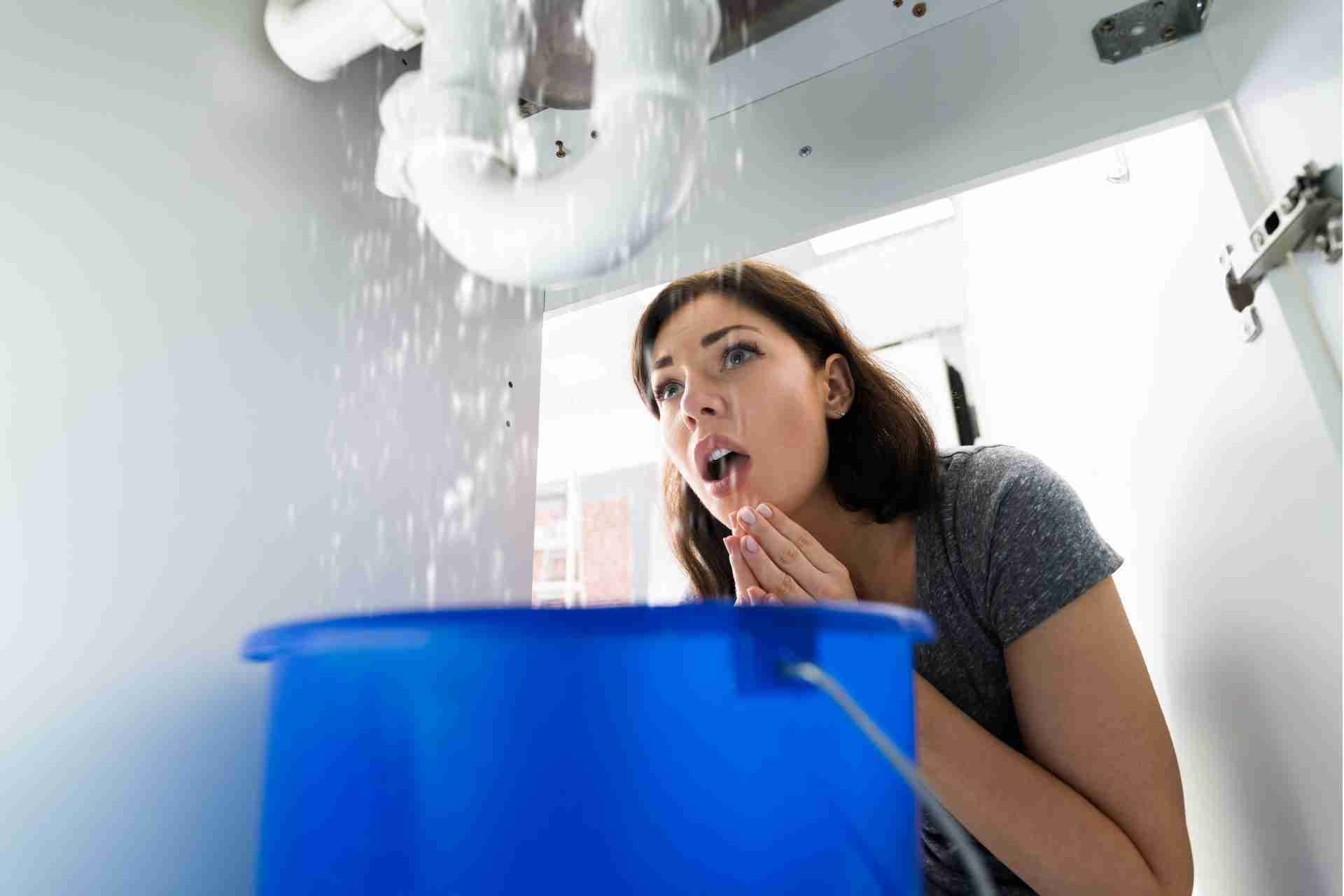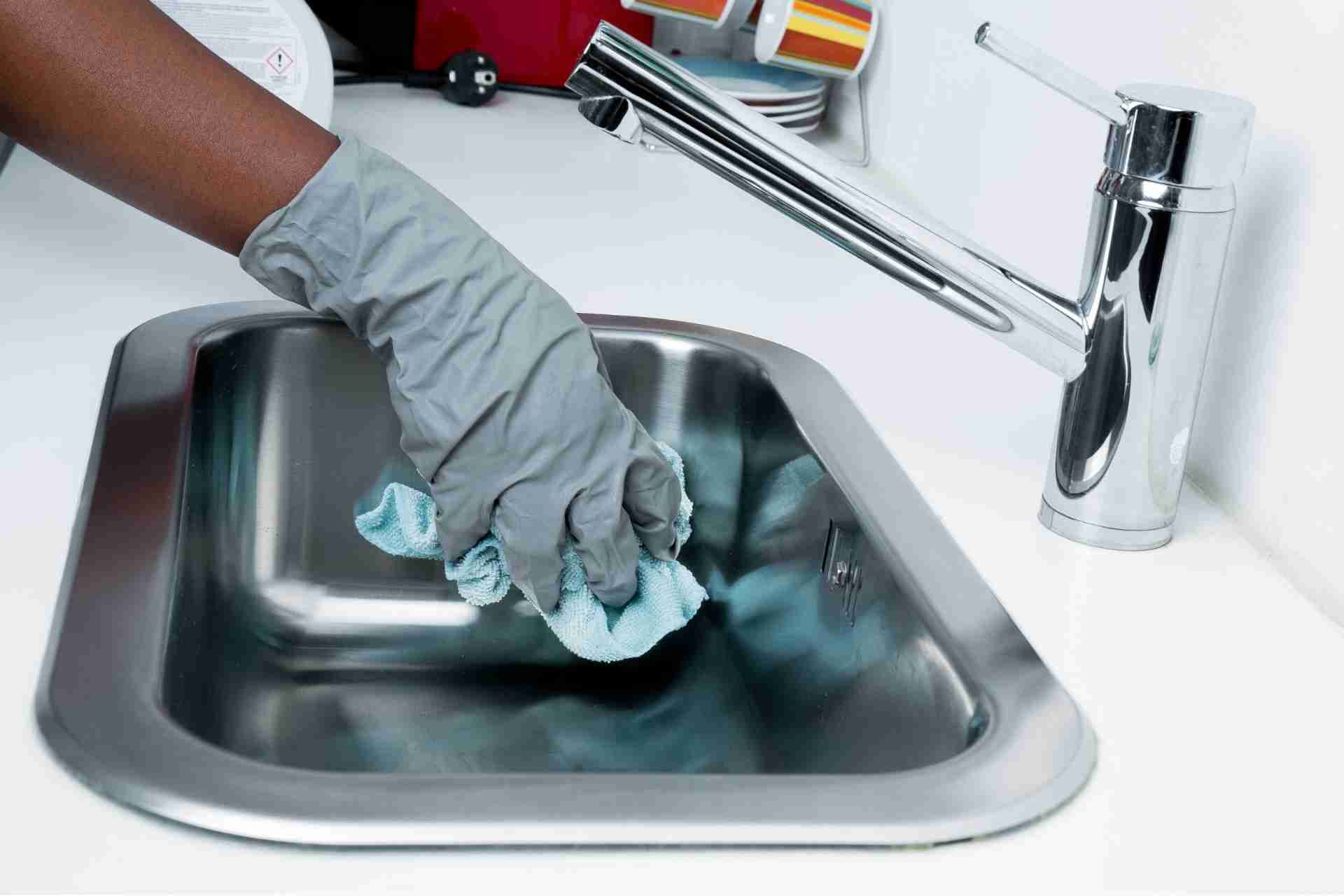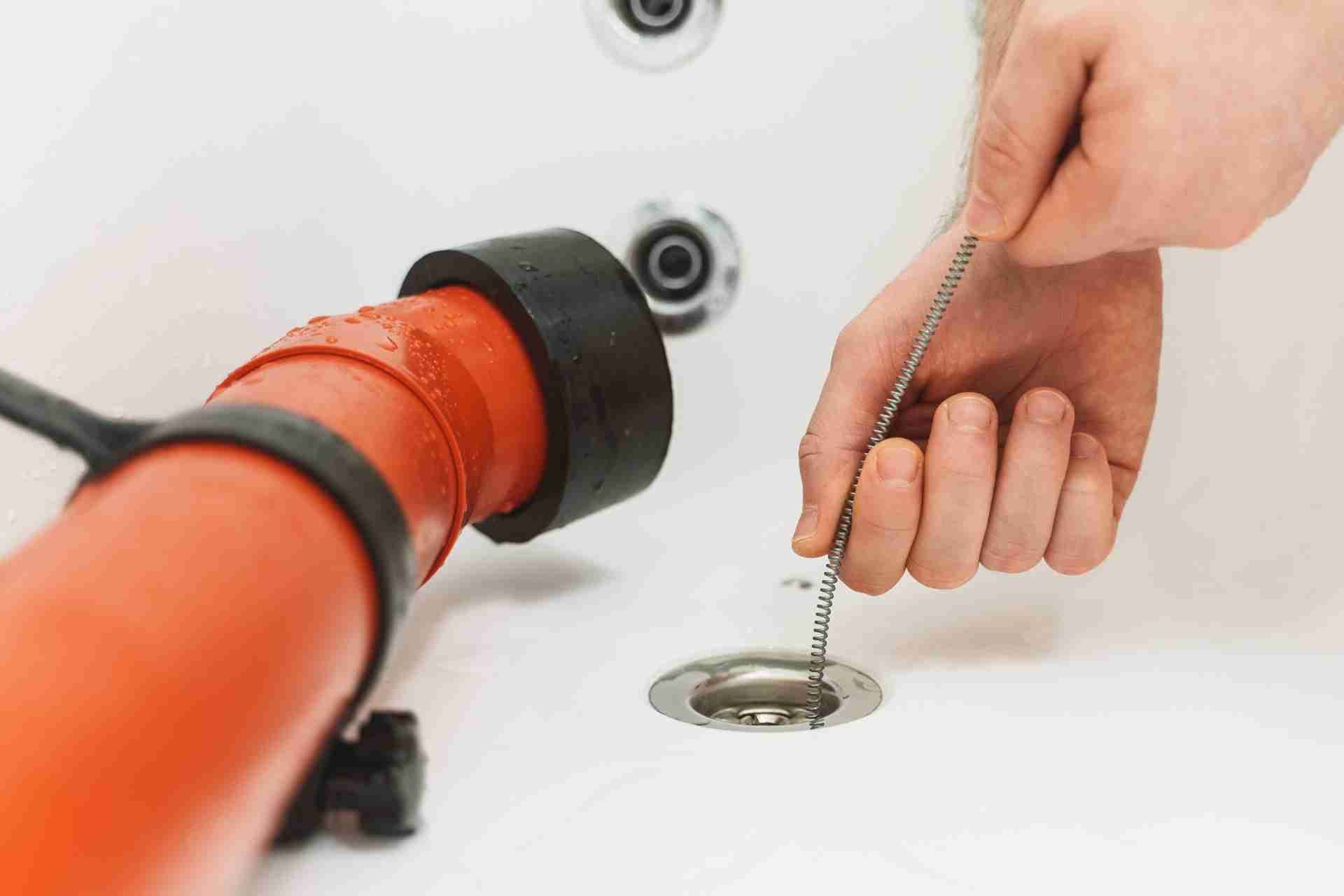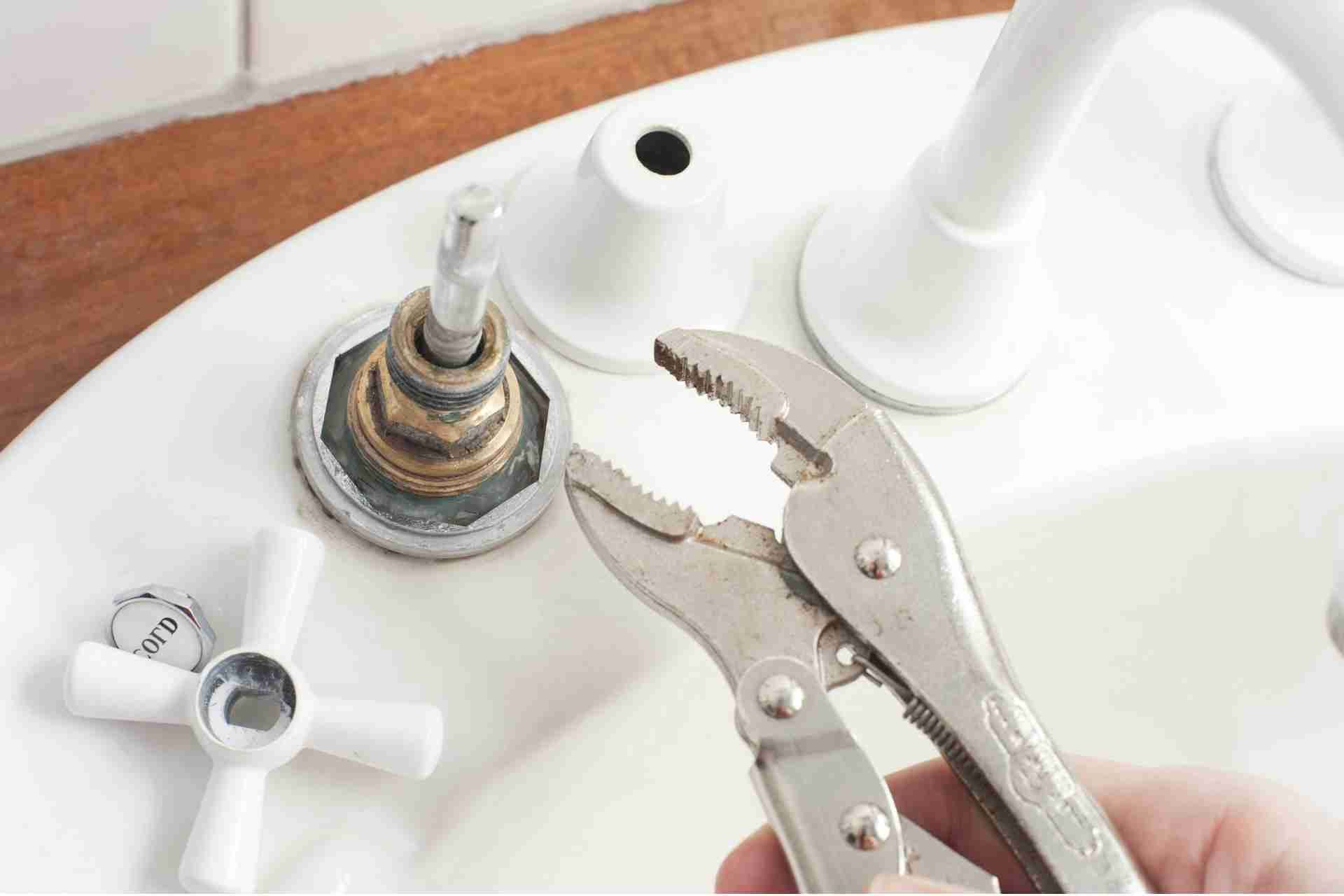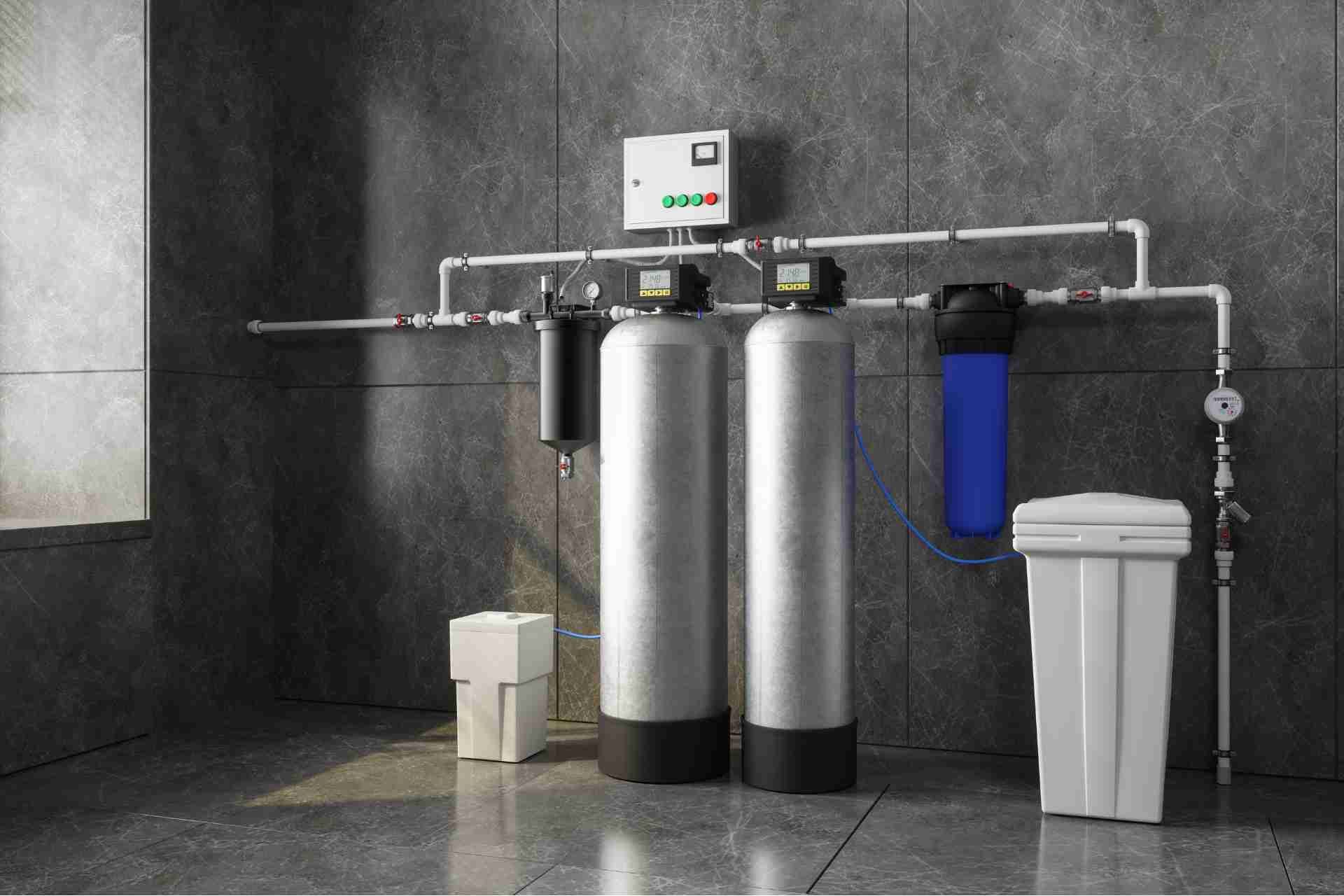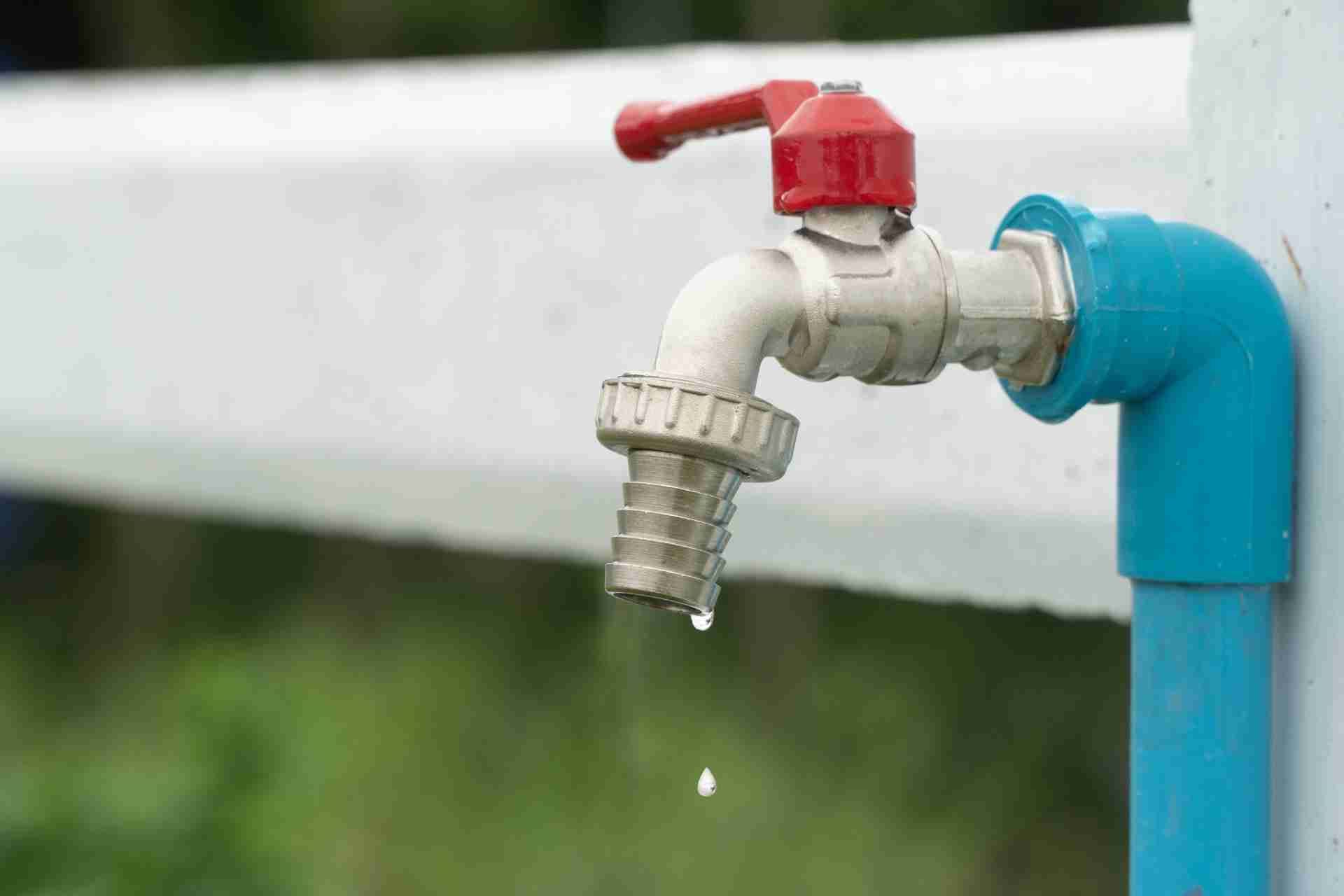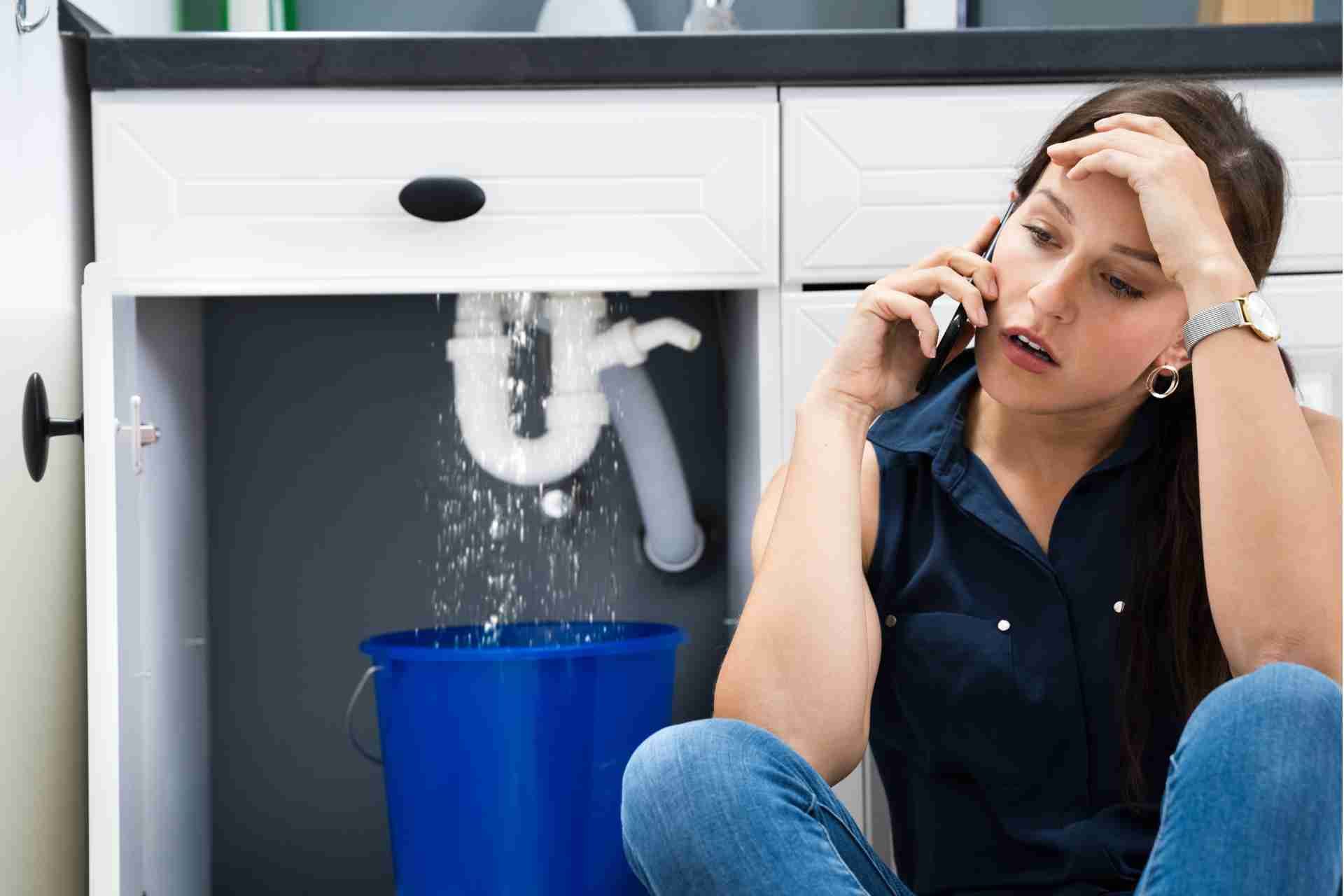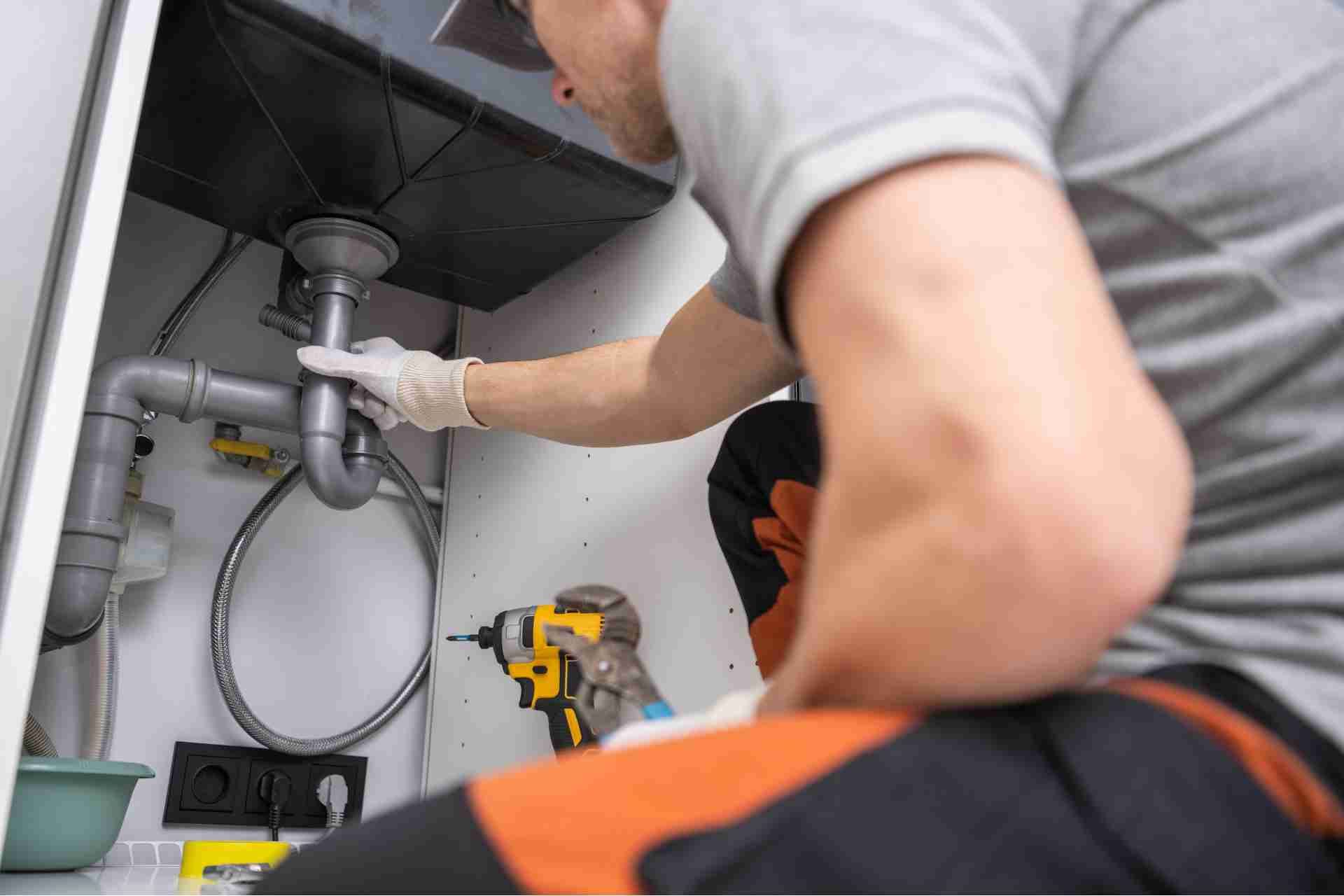Spring Plumbing Checklist for Homeowners in Lincoln Park, MI
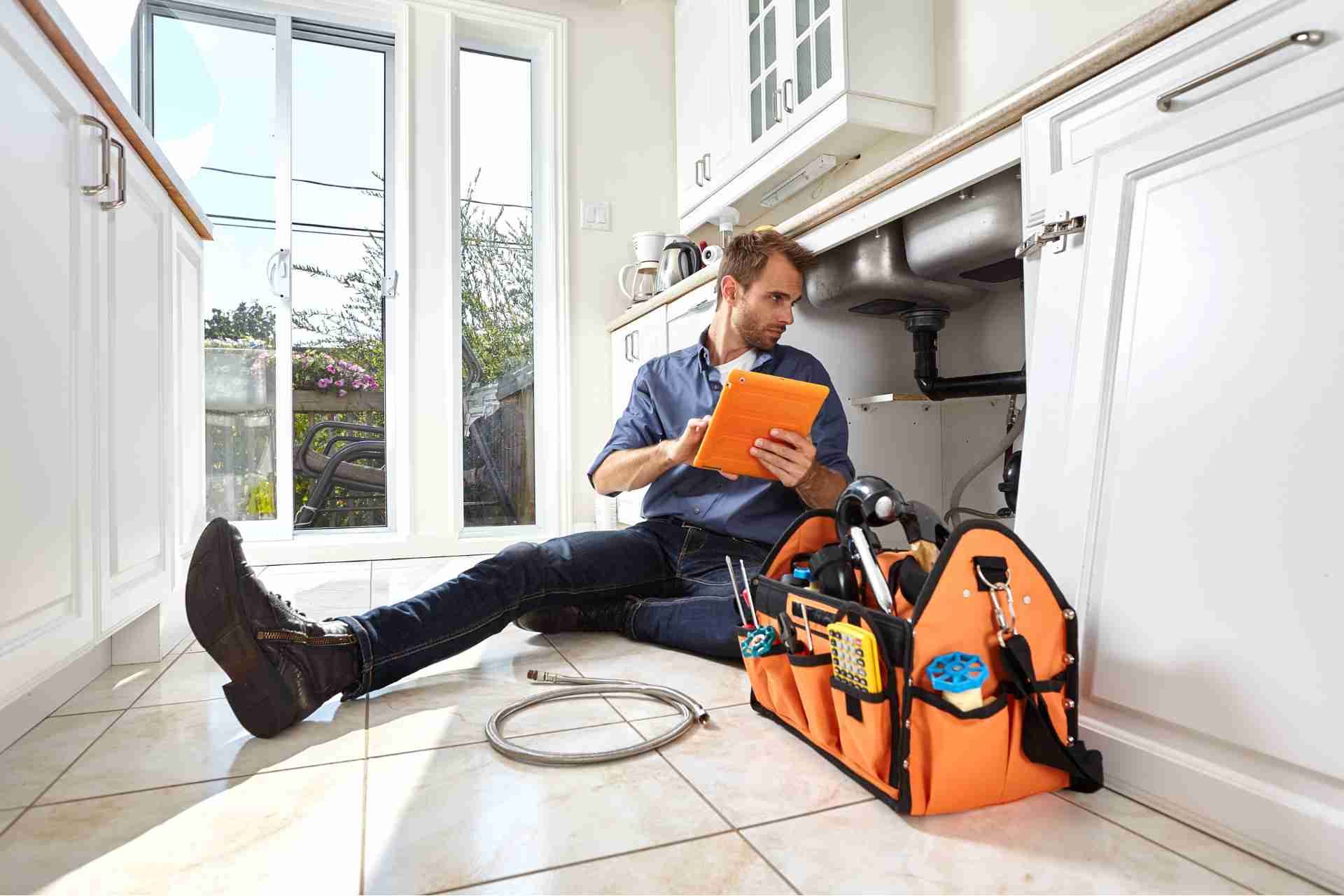
As spring approaches in Lincoln Park, it's time to get your plumbing in order. You might not realize it, but small issues can lead to bigger problems if left unchecked. Start by inspecting your outdoor faucets and hoses, then move on to other key areas around your home. There's more to consider than you might think, and addressing these concerns early can save you from costly repairs down the road. What else should you be looking for?
Inspect Your Outdoor Faucets and Hoses
As spring arrives, it's essential to inspect your outdoor faucets and hoses to ensure they're ready for the warmer months ahead.
Start by checking each faucet for any visible signs of damage or rust. Turn them on to see if water flows freely without any sputtering.
Next, examine your hoses for cracks or leaks; even a small hole can waste water and create pressure issues. Don't forget to check the connections at both ends of the hose, tightening any loose fittings.
If you find issues, consider replacing damaged parts or the entire hose. Make sure to remove any winterizing attachments, too.
A little maintenance now will save you headaches later when you need your outdoor water supply most!
Check for Leaks in Your Plumbing System
Whether you're preparing for spring or just checking off your seasonal maintenance tasks, finding leaks in your plumbing system is crucial.
Start by inspecting all visible pipes, faucets, and fixtures for any signs of moisture or corrosion. Don’t forget to check under sinks and around toilets, as these areas can hide sneaky leaks.
If you notice any drips or puddles, act quickly—small leaks can lead to significant water damage over time. You should also monitor your water bill; a sudden spike might indicate a hidden leak.
Lastly, consider testing your water meter by turning off all faucets and checking if the meter still moves. This simple step can reveal leaks you can’t see.
Stay proactive to protect your home!
Clean Out Gutters and Downspouts
Since spring often brings heavier rains, cleaning out your gutters and downspouts is essential for preventing water damage. Clogged gutters can lead to overflow, causing water to seep into your home’s foundation or basement.
Start by removing any debris, such as leaves, twigs, and dirt, using gloves and a sturdy ladder. Make sure to check for any blockages in the downspouts as well; you can use a garden hose to flush out any stubborn clogs.
If you notice any rust or damage, consider repairing or replacing the affected sections. Regularly maintaining your gutters will ensure they function properly, protecting your home from potential water issues as the rainy season approaches.
Don’t overlook this crucial spring chore!
Test Your Sump Pump
After you've tackled cleaning out your gutters and downspouts, it's time to ensure your sump pump is ready for the spring rains.
Start by unplugging the pump and inspecting it for any debris or damage. Next, plug it back in and pour a bucket of water into the sump pit. Your pump should activate and expel the water quickly. If it doesn’t, you might need to clean or replace it.
Also, check the discharge pipe for any blockages to make sure water flows freely away from your home. Regularly testing your sump pump helps prevent flooding and protects your basement from water damage.
Don’t wait until it’s too late—take action now to safeguard your property this spring!
Flush Your Water Heater
Flush your water heater to keep it running efficiently and extend its lifespan. Over time, sediment builds up in the tank, which can lead to decreased efficiency and even damage.
Start by turning off the power supply or gas to the heater. Next, connect a garden hose to the drain valve and place the other end in a suitable drainage area. Open the valve and let the water flow out, allowing the sediment to flush away.
It’s a good idea to run the water until it’s clear. Once done, close the valve, remove the hose, and refill the tank. Finally, turn the power back on.
Regular flushing every six months can save you money and prevent costly repairs.
Review Your Water Pressure
Checking your water pressure is essential for maintaining a comfortable and efficient plumbing system. High water pressure can lead to leaks, damaged pipes, and increased utility bills, while low pressure can make daily tasks frustrating.
To assess your water pressure, use a pressure gauge attached to an outdoor spigot or faucet. Ideally, your pressure should fall between 40 and 60 psi. If it’s above this range, consider installing a pressure-reducing valve to protect your plumbing.
If it’s too low, check for clogs in your pipes or consult a professional. Regularly reviewing your water pressure can help you catch potential issues early, ensuring your home’s plumbing works smoothly all season long.
Don’t overlook this crucial step in your spring maintenance routine!
Examine Your Toilets for Efficiency
To ensure your home’s plumbing is running efficiently, examining your toilets is a key step in your spring maintenance routine.
Start by checking for leaks; even a small drip can waste gallons of water. Listen for constant running, which often indicates a faulty flapper or fill valve that needs replacement.
Next, test the flush performance—if it takes multiple attempts to clear the bowl, you might need to adjust the water level or replace parts.
Consider upgrading to a high-efficiency model if your toilets are older; they use less water per flush, saving you money in the long run.
Lastly, clean the toilet to prevent buildup, ensuring it operates smoothly throughout the season.
Regular checks can prevent larger issues down the line.
Insulate Pipes to Prevent Future Freezing
As the temperature begins to rise in spring, it’s essential to insulate your pipes to prevent future freezing during unexpected cold snaps.
Start by identifying the pipes most vulnerable to freezing, typically those in unheated areas like basements, attics, or exterior walls. Using foam pipe insulation or heat tape can significantly reduce the risk of freezing. Measure your pipes and choose the right insulation size for a snug fit.
Don’t forget to seal any gaps around windows and doors to maintain a consistent temperature. Regularly check your insulation throughout the year, especially before winter.
Schedule a Professional Plumbing Inspection
After ensuring your pipes are insulated, scheduling a professional plumbing inspection is a smart move for homeowners. A licensed plumber can identify potential issues before they become costly repairs.
They'll check for leaks, assess your water pressure, and inspect your water heater and fixtures. This proactive approach helps you avoid unpleasant surprises during the warmer months.
You’ll also gain peace of mind knowing your plumbing system is in top shape. If any problems are detected, your plumber can recommend appropriate solutions, ensuring your home remains safe and efficient.
Don’t wait for a minor issue to escalate; schedule your inspection early in the spring. It’s an investment in your home’s longevity and your family’s comfort.
Conclusion
By following this spring plumbing checklist, you can keep your home's plumbing system in top shape and avoid unexpected issues. Regular inspections and maintenance not only enhance efficiency but also extend the life of your plumbing. Don’t wait until a problem arises; take proactive steps now to ensure everything runs smoothly. If you spot any concerns or need a thorough check-up, consider scheduling a professional plumbing inspection for peace of mind this season.


